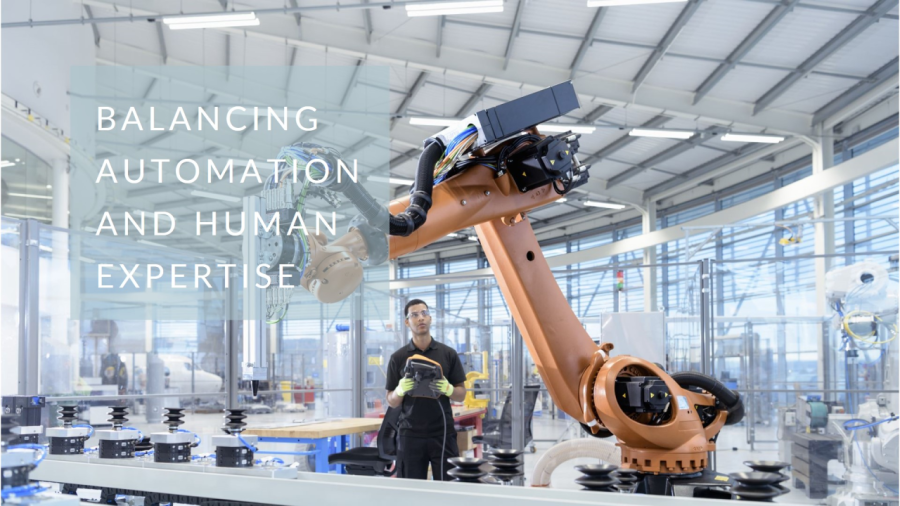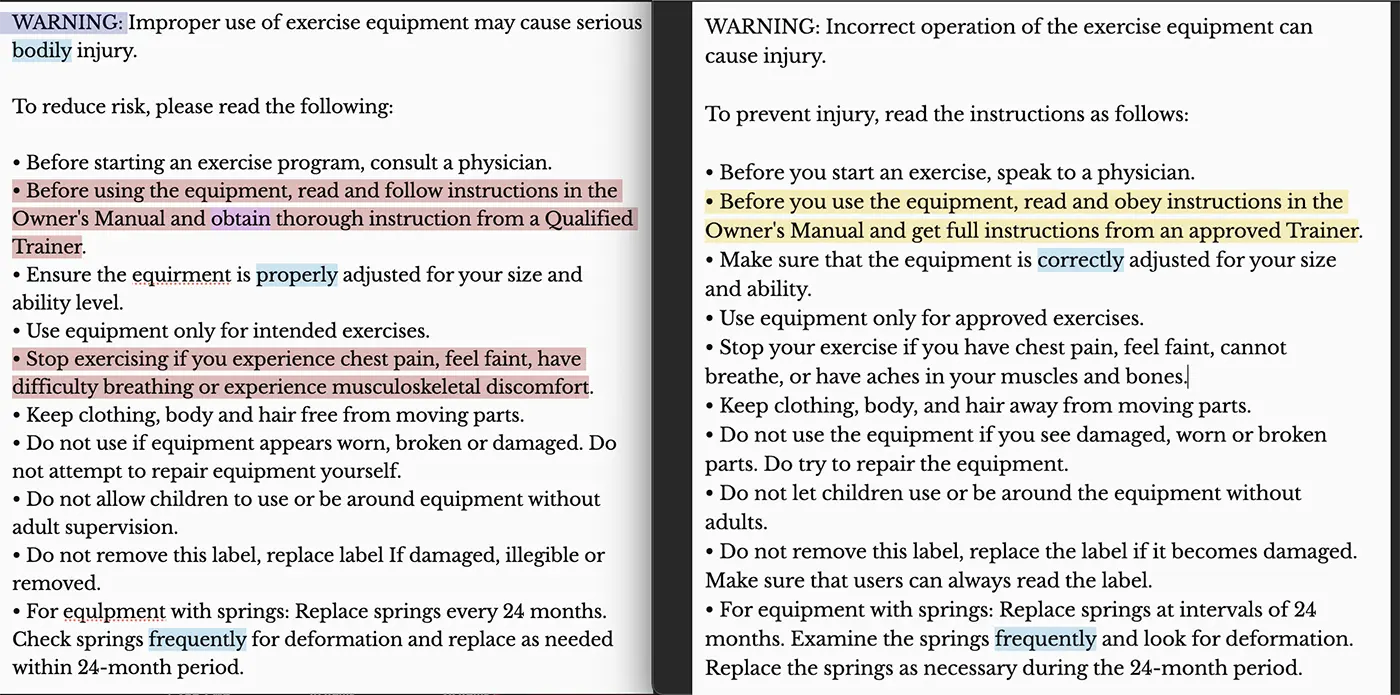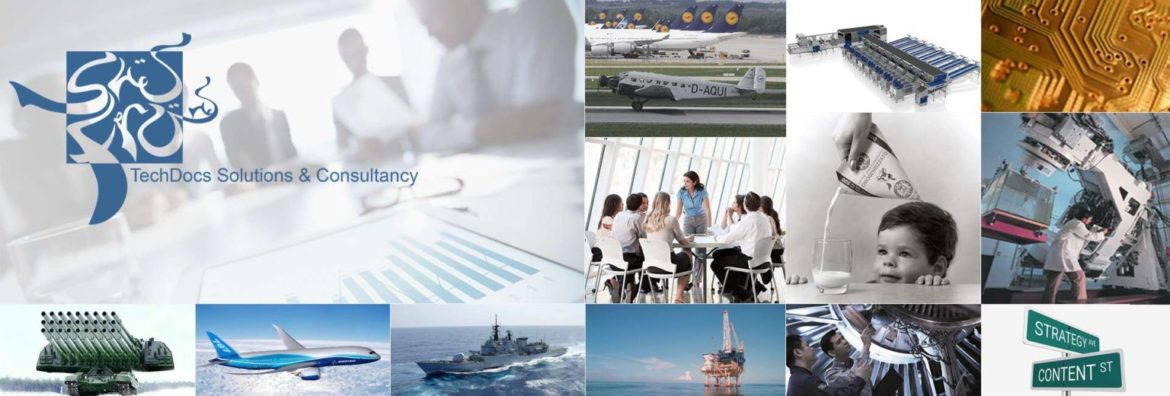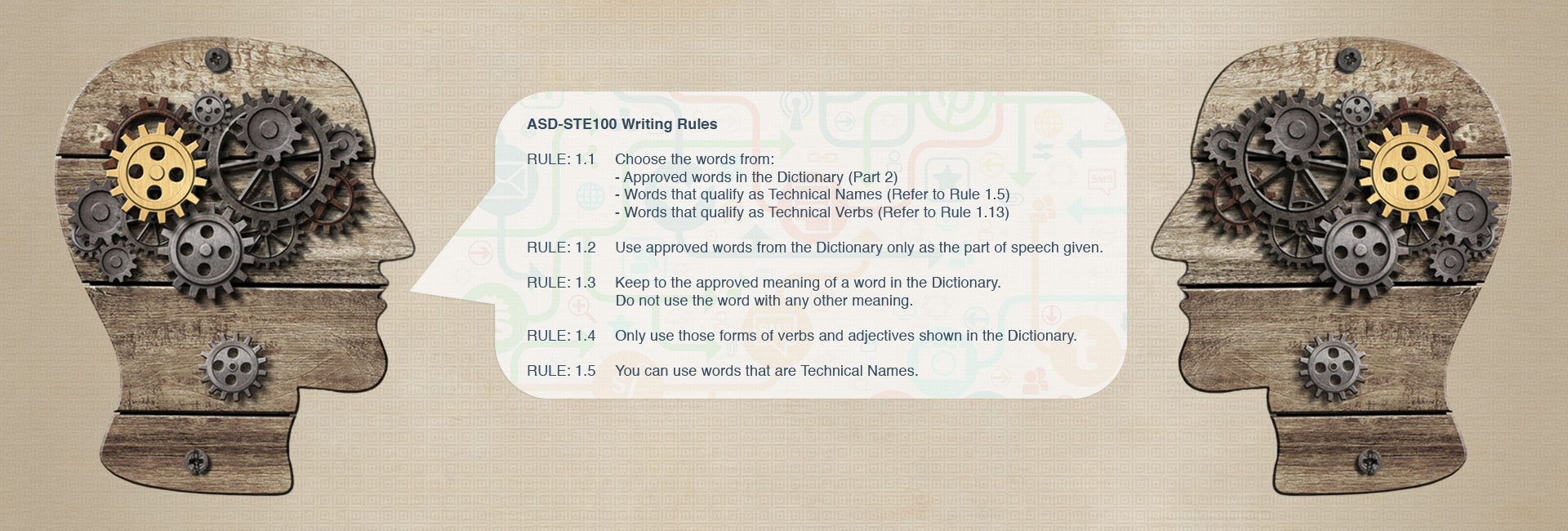Preparing Your Knowledge Base for the Future of Intelligent Systems with STE
The landscape of information is rapidly transforming. Large Language Models (LLMs) and Generative AI are no longer concepts of tomorrow but powerful tools reshaping how we create, process, and consume knowledge today. Yet, the true potential of these AI systems hinges on one critical factor: the quality of the data they are fed. As the adage goes, “Garbage In, Garbage Out” applies more strongly than ever to Artificial Intelligence.
What Makes Documentation “AI-Ready”?
For AI models to perform optimally – whether generating content, answering complex queries, or translating vast amounts of text – they demand specific characteristics from their input documentation:
- Unambiguity: AI struggles with interpretation. A single word or phrase with multiple meanings can lead to incorrect inferences or “hallucinations”.
- Consistency: Predictable sentence structures, consistent terminology, and uniform phrasing enable AI to learn patterns more effectively and retrieve information accurately.
- Structured Language: While LLMs can handle unstructured text, highly structured, logical content allows for more precise analysis and generation.
- Controlled Vocabulary: A limited and defined set of words reduces synonymy (multiple words for the same thing) and homography (one word with multiple meanings), which are common challenges for AI.
This is where the principles of clear human communication unexpectedly converge with the demands of artificial intelligence.
Simplified Technical English: The Original AI-Friendly Language
Long before the current AI revolution, Simplified Technical English (STE), formalised as ASD-STE100, was meticulously developed to enhance clarity and reduce ambiguity for human readers, particularly non-native English speakers. It achieves this through a carefully selected controlled vocabulary and a set of precise writing rules (e.g., short sentences, active voice, avoiding jargon).
What’s fascinating is that the very characteristics that make STE easy for humans to understand also make it remarkably machine-readable. By enforcing consistency, limiting vocabulary, and simplifying sentence structures, STE inadvertently created a language that is inherently optimised for computational processing. It removes the linguistic “noise” and uncertainty that often befuddle AI systems.
Specific Benefits of STE for AI-Driven Workflows
Adopting Simplified Technical English is no longer just about human comprehension and compliance; it’s a strategic move to future-proof your documentation for an AI-powered world:
- Enhanced Machine Translation (MT) Quality:
- STE significantly improves the quality of machine translation output by eliminating ambiguity and linguistic complexity. This leads to cleaner initial translations, fewer post-editing cycles and, ultimately, lower translation costs for global organisations.
- Improved Content Reusability for AI & Automation:
- STE-compliant content is naturally more modular and atomised. This makes it easier for AI-powered content management systems to identify, segment, and repurpose content blocks for various outputs, from automated summaries to new content generation.
- More Accurate AI-Powered Search & Information Retrieval:
- With consistent terminology and simpler sentence structures, AI-powered search engines, chatbots, and virtual assistants can more accurately find, interpret, and present information from your documentation. This dramatically reduces instances of “hallucinations” or incorrect responses from conversational AI.
- Streamlined Data Input for LLMs & Knowledge Graphs:
- The structured and unambiguous nature of STE provides cleaner, more reliable input for training LLMs or populating knowledge graphs. This results in more robust AI models and more trustworthy outputs across your enterprise.
Future-Proofing Your Documentation Investment
In an era where data is the new currency and AI is the engine, the quality of your organisation’s knowledge base will dictate its competitive edge. Investing in Simplified Technical English is not just about refining existing documentation; it’s about making a strategic move that prepares your entire information architecture for seamless integration with future AI advancements. It means less rework, higher data integrity, and more reliable AI-driven insights down the line.
Ready to Master Simplified Technical English and Prepare for AI?
Understanding how to apply the principles of Simplified Technical English – including the latest updates in ASD-STE100 Issue 9 – is crucial for optimising your documentation for both human comprehension and the power of Artificial Intelligence. Our tailored STE training programmes are designed to equip your team with the practical skills needed to implement these standards effectively and future-proof your content strategy.
Learn more about our upcoming training sessions and secure your spot today!









 Analyse your documentation needs and get recommendations and tailor-made solutions to help you establish and improve your documentation processes:
Analyse your documentation needs and get recommendations and tailor-made solutions to help you establish and improve your documentation processes: 








